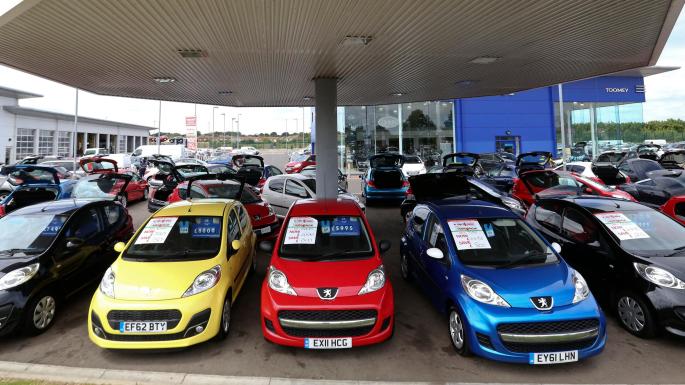Sadly, most of us have less money in our pockets right now than we usually do. But that doesn’t eliminate the need for the must-haves in life. And if you need a car, well, you NEED a car. Consequently, most of us will look for a nice second-hand car because it’s cheaper and hey – “Second-hand motors are better coz the engine’s been run in”, right?
Perhaps. However, purchasing a second-hand car can be an arduous affair which leads to stress along with a good bout of confusion. Shall I go for the local garage? Private sale? My mate’s car? So many questions.
But fear not. As always, Safer Motorways is here to help you with your step-by-step guide to buying a second-hand vehicle!
Step 1: Knowing What To Buy
The relatively low price of some second-hand cars can make it easy to convince yourself that you really can afford that flashy little sports car you’ve stumbled across at the local car dealer. Think carefully, though: yes, the price may be low, but the insurance could be high, especially if the car of your dreams turns out to be an import, or has a more powerful engine than you really need. Older cars will need more regular maintenance than newer ones, and if the car you’ve found is rare or imported, you may find that parts will be expensive and hard to find.
Don’t know what you’re looking for? A magazine such as ‘What Car?’ will lay out the pros and cons of different makes and models, but if you’re really unsure, it’s best to seek the advice of someone in the know. Which brings us to step two…
Step 2: Where To Buy A Second-hand Car
You’ll find second-hand cars for sale from a wide variety of vendors, from private seller’s who’ve sellotaped a “For Sale” sign to their window, to professional new and used car dealerships. If you’re unsure about buying second-hand, a dealership is your best bet, providing you with the peace of mind that the car you’re buying is of good quality, and that you’ll have some come back should anything go wrong. Most dealers will also offer incentives such as part-exchange on your existing car, credit schemes and warranties.
The downside of all of this, of course, is that you’ll pay more for your vehicle than you will if you go to a private seller or auction, both of which are other options for those in the market for a second-hand car. When you buy privately like this, you’ll have the best chance of finding a true bargain. However, you’ll have no legal comeback if there’s a problem with the car, and it’s up to you to make sure that the car is roadworthy, and not likely to develop problems.
It is fair to say that if your top priority is purchasing a reliable car with a warranty, you may be better to buy from a reputable dealer.
Step 3: Vetting Your Car
If you’re buying your car from a dealer, all of the relevant documentation should be provided for you. If you’re buying privately, make sure you’re given the registration documentation and MOT certificate, which will tell you that the vehicle is road worthy. Don’t just pocket the registration document without looking at it: you should check to make sure the name and address of the owner is, in fact, the name and address of the person you’re buying from, and that the registration number on the vehicle’s tax disc matches the one of the registration document.
Other things to look out for are the vehicle’s VIN number, which is located either under the bonnet or on the chassis. This number also appears on the ‘Registration Document’ and will help establish whether the vehicle has had its identity changed. Ask to have the vehicle inspected by a garage or by one of the road recovery services vehicle inspectors . You will be charged for this, but it will at least give you some additional piece of mind.
Step 4: Negotiating A Price
When buying privately, you have a much better chance of being able to negotiate on the price of your new car – indeed, this is one of the main reasons people choose to go down this route rather than simply going to a dealer. Asking for a discount can be daunting if you’ve never done it before, but arming yourself with as much knowledge as possible will help. Don’t go into a sale without having done your research and find out what the car is worth, and don’t be embarrassed about asking for a lower price – haggling is part and parcel of the used car world.
Step 5: Finalising The Sale
When paying for your new vehicle, make sure you get a written receipt confirming the amount. The seller must also provide you with the V5 Registration Document; you will need this to notify the DVLA of the change of ownership. You must also make sure that the vehicle is correctly road taxed, and that you’re insured to drive.
